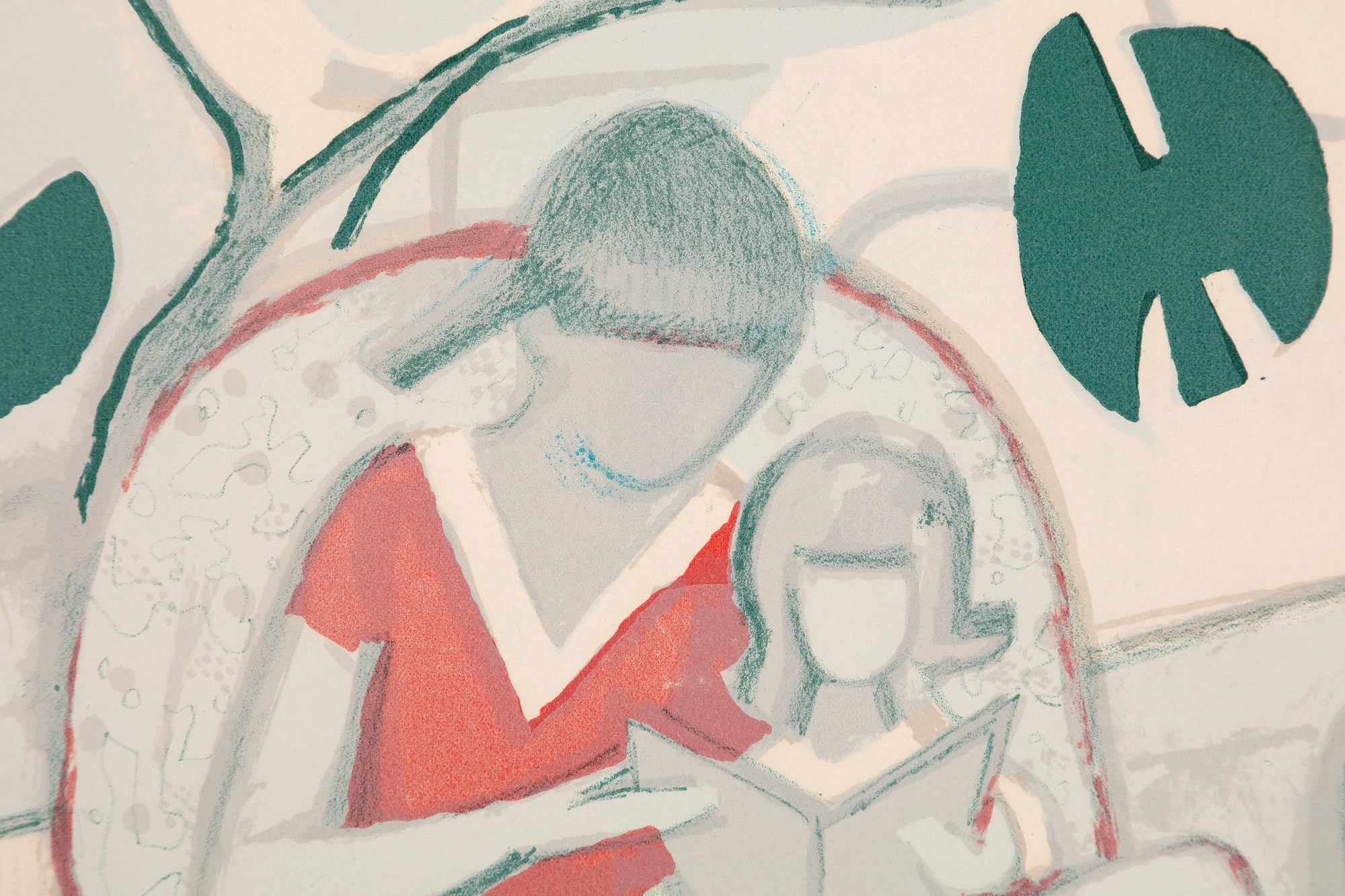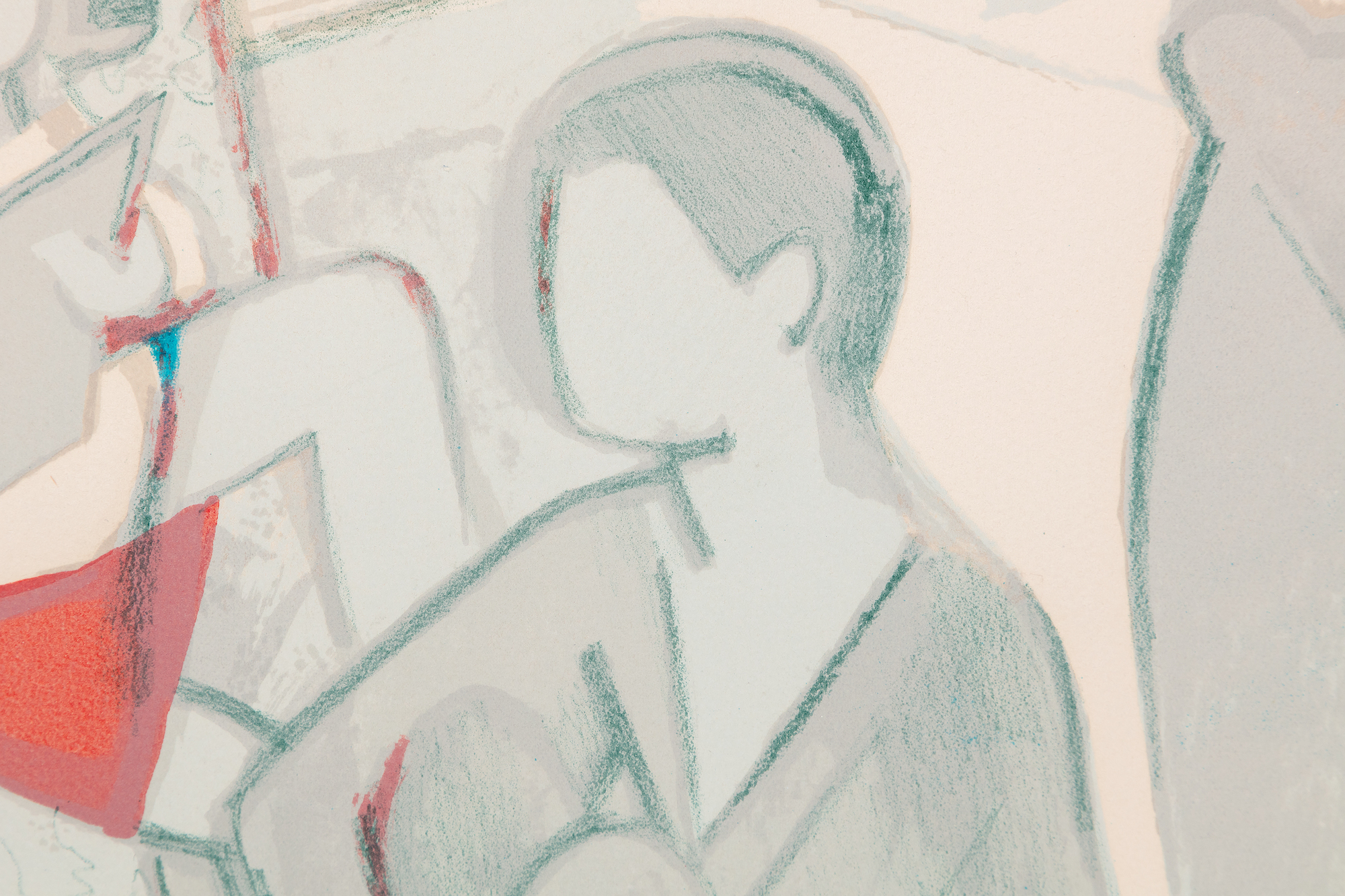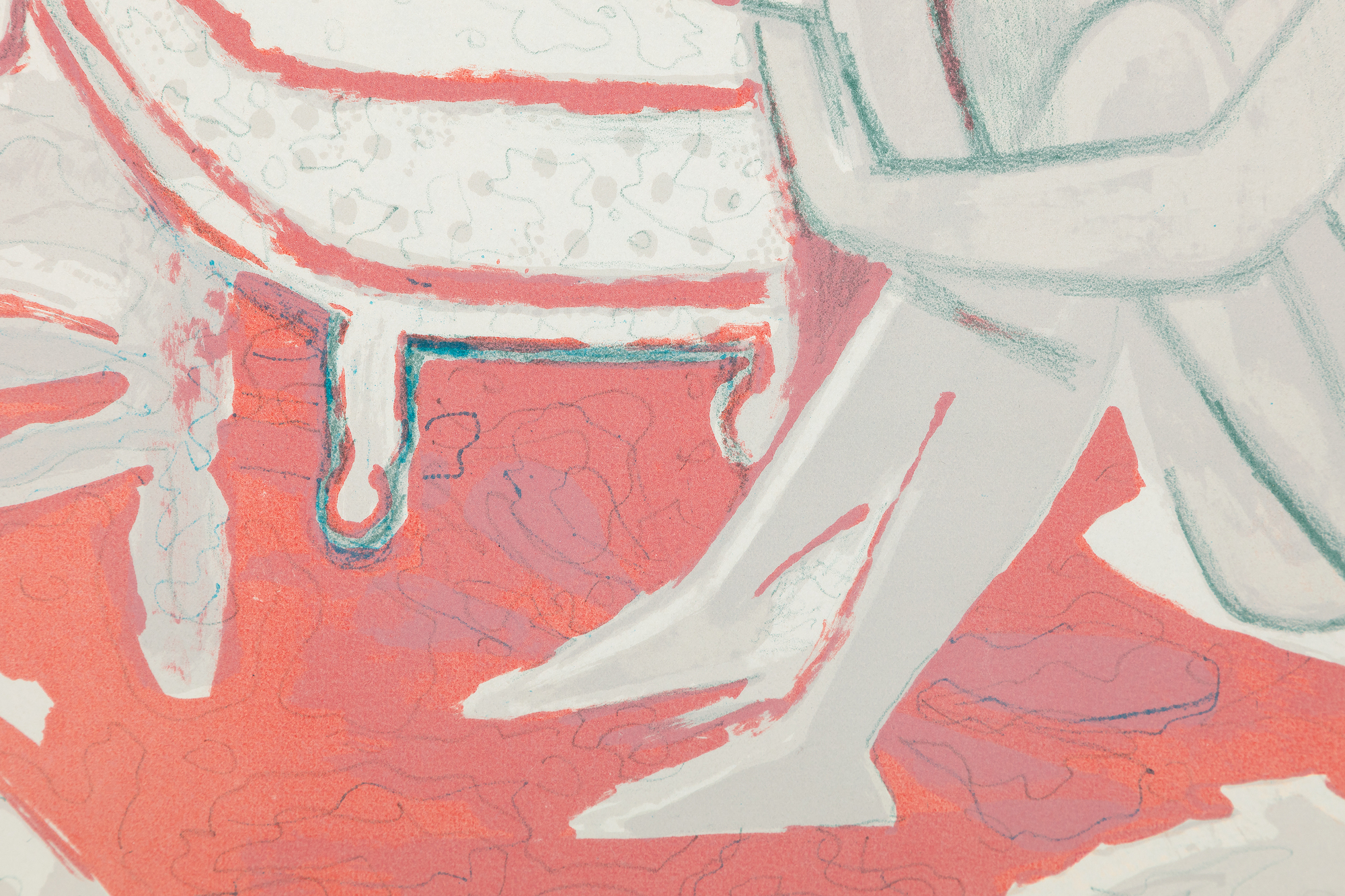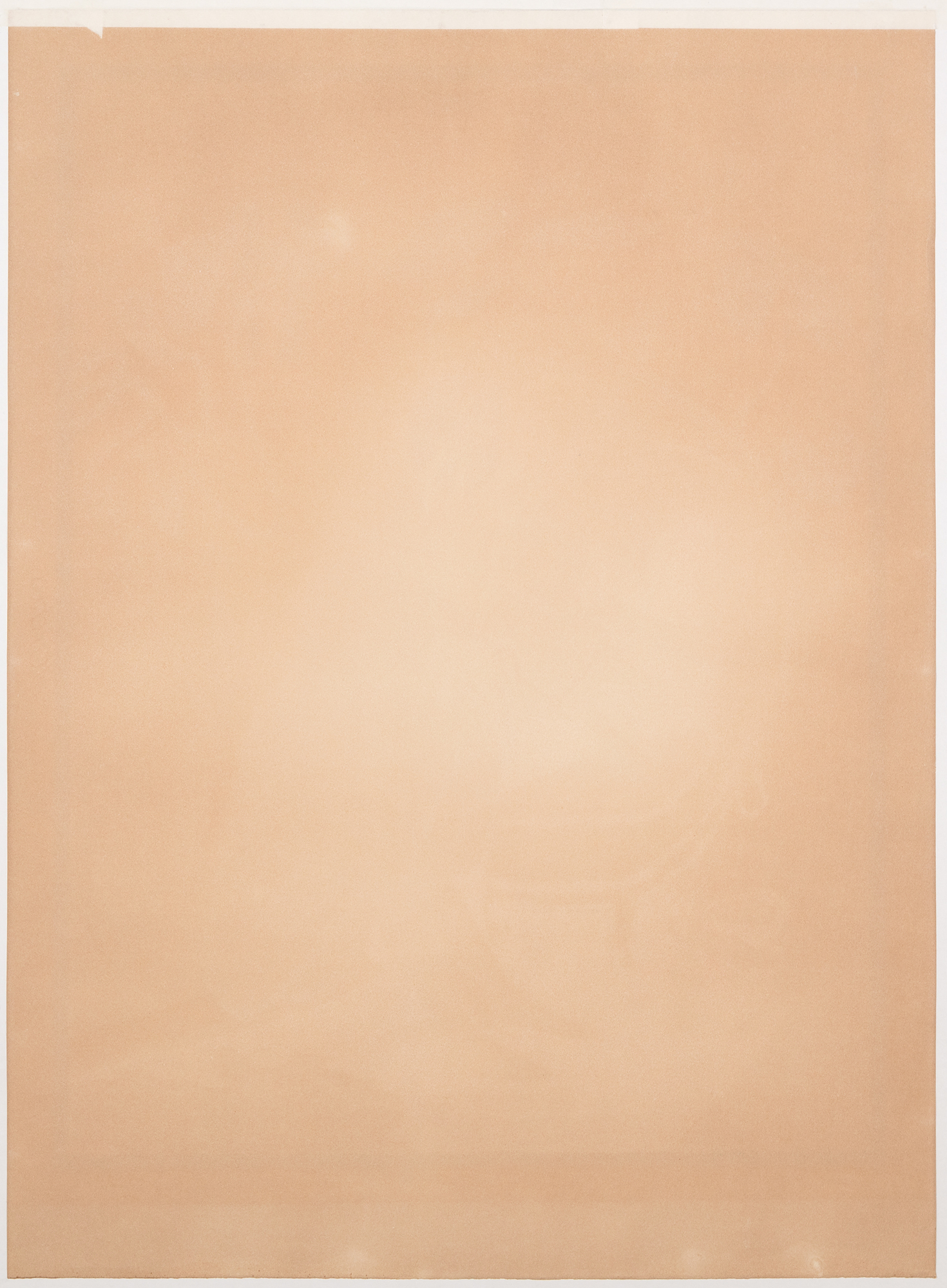HJ Art Advisory provides complete logistics when handling, transporting, and supervising our clients’ artworks. Our oversight involves every aspect of care with the artwork. We oversee every step of the process with transporting, installing, and storing artworks. We advise on and facilitate framing design, lighting, security requirements, conservation and condition assessment.













